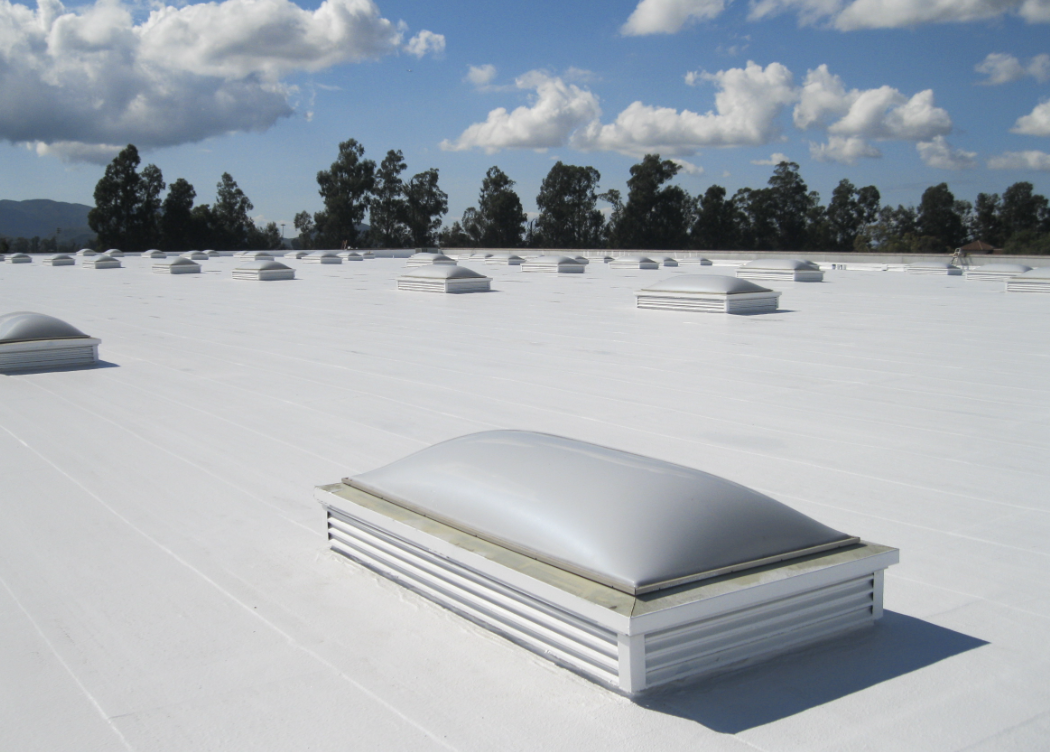Thermoplastic Olefin (TPO) roofing is a popular roofing material for flat or low-sloping roofs on commercial and industrial buildings. It is a single-ply roofing membrane that is made from a mixture of rubber and plastic. TPO roofing is known for its energy efficiency, durability, and affordability. However, there are both good and bad aspects to using TPO roofing.
The Good:
- Energy Efficiency – TPO roofing has a white reflective surface that can help to reduce cooling costs by reflecting the sun’s rays. This can lead to a reduction in energy consumption and lower energy bills.
- Durability – TPO roofing is designed to withstand extreme weather conditions, such as high winds, heavy rain, and snow. It is also resistant to tears, punctures, and other types of damage.
- Affordability – TPO roofing is generally less expensive than other types of roofing materials, such as PVC or EPDM. This makes it an attractive option for businesses looking for an affordable roofing solution.
- Easy to Install – TPO roofing can be installed quickly and easily by a professional roofing contractor. This can help to reduce the overall cost of installation.
- Environmentally Friendly – TPO roofing is made from a mixture of rubber and plastic, both of which can be recycled. This makes it an environmentally friendly option for businesses looking to reduce their environmental impact.
The Bad:
- Installation Errors – Improper installation of TPO roofing can lead to leaks and other roofing issues. This is why it is crucial to hire a qualified and experienced roofing contractor to install your TPO roofing.
- Susceptibility to Damage – While TPO roofing is durable, it can still be susceptible to damage from hail, falling debris, and foot traffic. However, repairs can usually be made easily and cost-effectively.
- Heat Welding – TPO roofing is typically installed using heat welding, which can be challenging for inexperienced roofing contractors. Improper heat welding can lead to leaks and other roofing issues.
- Limited Color Options – TPO roofing is typically only available in white or light gray, which may not be aesthetically pleasing to some business owners.
- Chemical Sensitivity – TPO roofing can be sensitive to certain chemicals, such as oils, solvents, and some cleaning agents. This can lead to damage or degradation of the roofing material.
In conclusion, TPO roofing is an excellent choice for businesses looking for an affordable, energy-efficient, and durable roofing solution. While there are some potential drawbacks to using TPO roofing, such as susceptibility to damage and limited color options, the benefits far outweigh the negatives. With proper installation by a qualified roofing contractor, TPO roofing can provide long-lasting protection for commercial and industrial buildings. It is also an environmentally friendly option that can help businesses to reduce their environmental impact.


